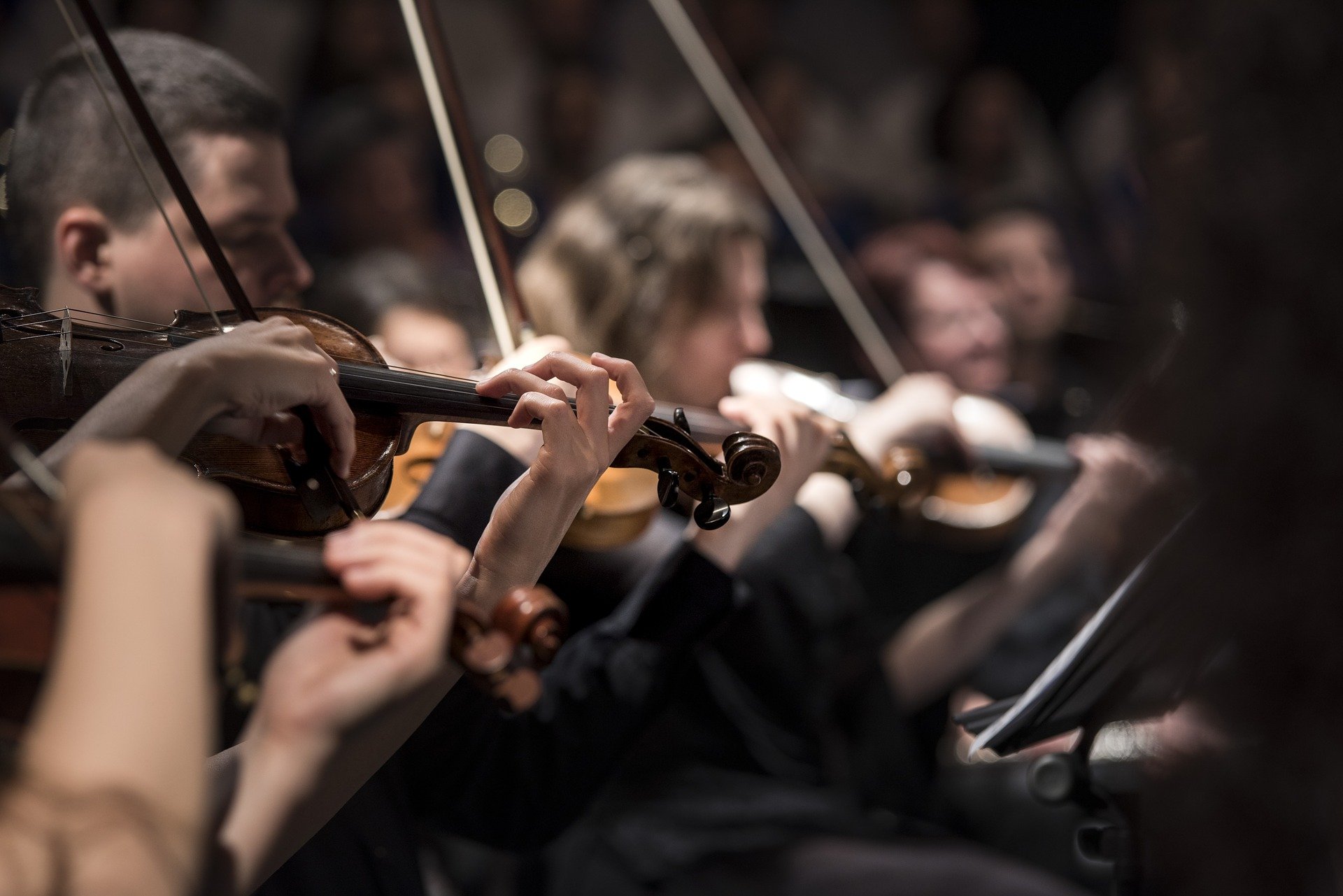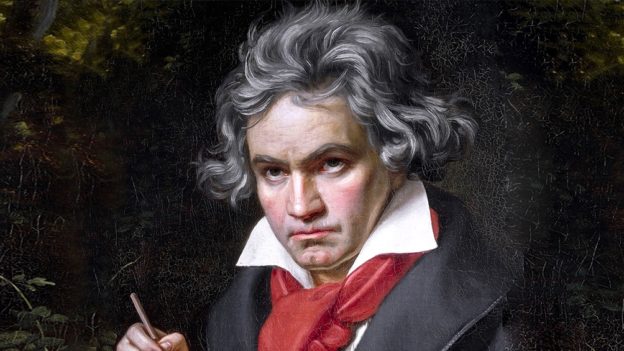
Age: 13+ Middle School, High School Half or One Credit
Take an exciting tour through the development of Western music. This online class merges the written history of composers with engaging video performances of their works. It also provides audio playlists and recommendations for building your own listening library of classical music.
We designed this course for students without any musical training. But it can also provide a robust historical guide for music students wanting to connect the dots between periods, composers, instruments, and performance styles.
The course could fill a fine arts elective for high school students, provide a handy chronological reference for parents who want curated playlists for family listening, or serve as a pre- or post-concert guide to your next family musical outing.
- In-depth written materials on each musical period and composer of note through the beginning of the twentieth century
- High-quality performances of the music
- Quizzes and research projects
- Audio and video playlists and recommended recordings
Credit: 1/2 or 1 HS Elective Credit (Fine Art, Music, Art Appreciation, Humanities)
* This class is structured so it can be taken with minimal steps for half credit, or maximal steps for full credit.
Course Content
Introduction
About Instructor
Thomas Purifoy, Jr.
A creative filmmaker who develops unique learning resources intended to advance the Kingdom of God. Thomas helped develop a classical-based curriculum, and taught philosophy, Old Testament, film and history at the American School of Lyon, France. Thomas studied English at Vanderbilt University and is a former Officer in the US Navy. He currently oversees Compass Classroom and Compass Cinema.
5 Courses



